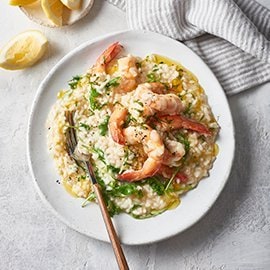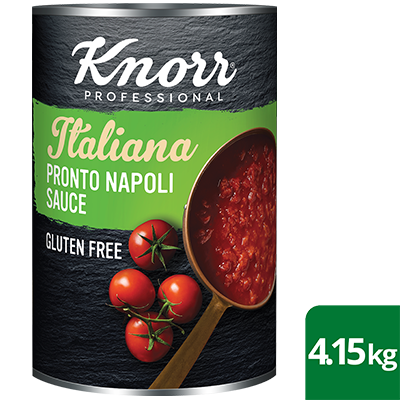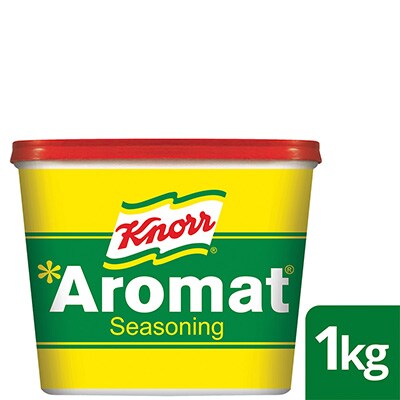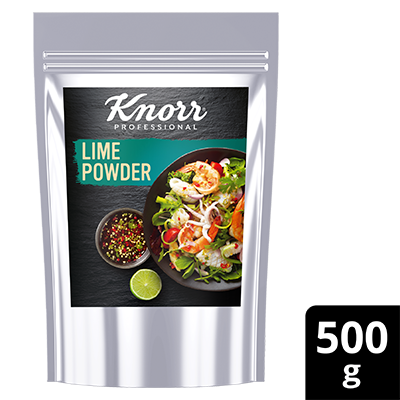Posted on Thursday, 4ᵗʰ March, 2021
Edited on Wednesday, 23ʳᵈ November, 2022

Sometimes the freshest new flavours are the result of an unexpected collaboration.
Early in 2021, popular Melbourne CBD café, Pope Joan, teamed up with Fitzroy’s award-winning modern Indian restaurant, Ish, to offer six weeks of traditional British and Australian tempters with some surprising Asian twists.
The limited-time undertaking introduced the world to new dishes including the fillet o’ Ish, a Kashmiri-flavoured combo of fried basa, American cheese and dill pickle on a brioche bun, as well as eggs fried kejriwal-style with truffle cheddar and spring onion, and a Punjabi-influenced bhurji scramble with spiced chilli, tomato and onion.
Meanwhile, the trend of merging the sweet with the savoury shows no sign of slowing down. While some claim there is no place for pineapple on a pizza, others keenly embrace ever-more creative combinations.
The reason some quirky food matchings just seem to work is explained in ‘The Art and Science of Food Pairing’, a new book by a group of Belgian food scientists. Compatibility at a molecular level reveals thousands of fascinating pairings that open up rich new avenues for exploration.
Whether it’s a cauliflower and strawberry salad, chicken liquorice tagine, bacon and banana pancake or avocado chocolate cake, chefs are opening their minds to new and delicious sweet and savoury combos. Find out more here: foodpairing.com.

Unexpected, creative flavour combinations are bringing everyday ingredients to life.


Creativity in the kitchens of vegetarian eateries is in full swing. With beans, jackfruit, chick peas, lentils and tofu gaining broad acceptance as meat replacements, chefs are finding new ways to roll in the savoury hit offered by meat.
Winning ways to lift the flavour profile of meat replacements include the use of coconut aminos, tamari sauce and mushroom flavourings.
Brisbane burger chain, MooFree, is using green jackfruit soaked in a vegan BBQ sauce to replicate the flavour and texture of pulled pork in two of its plant-based burgers, while Surry Hills vegan restaurant, Yulli’s, gets rave reviews for its weighty pizza that features king brown mushrooms laced with garlic, black olive pickle and a house-made vegan cheese.
Tamari sauce is growing in popularity as a soy sauce replacement. It has the added bonus of tasting just as good in its low-sodium guise and gives a savoury lift to sushi and roasted veggies.

As more diners embrace meat-free meals, the expectations around flavour will grow.

Indigenous ingredients are opening up new possibilities for innovation and expression.
Unusually, it’s Scottish-born, Adelaide-based chef, Jock Zonfrillo, who is at the vanguard of creating greater awareness of Indigenous flavours. The high-profile Zonfrillo has even started his own foundation for the cataloguing of Indigenous ingredients with a mission to further their use in mainstream cooking.
Zonfrillo avidly promotes the likes of wild river mint, warrigal greens, boab fruit and bunya nuts. His latest venture is a food laboratory that will discover how to get the best flavours out of local bush tucker.
While our understanding of native ingredients is still emerging, some have already broken through.

Finger lime, which features a zesty lime-flavoured pulp with the appearance of caviar, is surfacing widely as a bold flavouring atop seafood and chicken dishes, in salads, desserts, dressings and sauces, and as a garnish. A relatively short harvest window of 6-8 weeks during Autumn means now is the time to be finding a place on your menu for this Indigenous delicacy.
Gubinge, or Kakadu plum powder, is considered a local superfood and can be spread over breakfast cereals and porridge, included in smoothies and as a flavouring for jams and sauces. Its flavour profile is reminiscent of gooseberry with the aroma of stewed apple and pears.

When exploring interesting flavour twists, don’t forget to explore your own backyard!


An inability to travel is amplifying our appetite for new world flavours. McCormick Foods Australia’s latest flavour forecast notes the trend for exotic tastes as a key theme for 2021.
The likes of North African spices dukkah and berbere are on the move, as much for their versatility as their delicious taste. According to McCormick, dukkah, in particular, is surging in popularity.
“The more you eat dukkah, the more addictive this spice blend from the North African region becomes. Totally customisable, this simple mix of toasted nuts and seeds can be salty, sweet or even spicy. Simply put—dukkah can’t be stopped!”
Australians are also craving the flavours of our near-northern neighbours, with an Uber Eats report stating that Asian foods dominated its 2020 list of our favourite cuisines. Chinese, Thai, Japanese, Indian and Vietnamese were all entrenched in the top 10 most popular food types.
Lime flavours feature heavily in many Asian cuisines, often as a way to add sweetness and complexity to savoury and spicy meals. Lankan Tucker, a café located in the central Melbourne suburb of Brunswick West, uses the ingredient to put a tangy twist on its deep-fried roti chips with chilli and paprika, while Vietnamese restaurant Pho Pasteur, located in Parramatta, combines lime with fish sauce to smother over its loaded bánh xèo pork and prawn crêpes.
And, of course, lime is a core part of Thai cuisine, with the gnarly makrut fruit an ever-growing presence in curries, salads and soups. Chefs will use everything from the rind and zest to the leaves and liquid to brighten the flavour and provide an aromatic note to their dishes.

While overseas travel is limited, Australians will seek international flavours in food instead.
Related Articles
Top recipes
-
Miso Fried Cauliflower and Brussels Sprouts -
Hearty Roasted Cauli -
Miso Marinated Tofu Bowl -
Flamin’ Harissa Rack -
Wild Shrooms Ragu with Polenta -
Kimchi Cream Eggplant Tacos -
Creamy & Crisp Boscaiola -
Ocean Fresh Risotto -
Tangy Tuna Ceviche -
Zesty Buddha Bowl -
Grilled Halloumi "Schnitty" Salad -
Zucchini Pasta Napoli -
Moroccan Lamb Tagine -
Butter Chicken
Related Products
Log in or Create an account to access:
- Get access to this content
- Discover the latest culinary trends
- Explore and save your favourite recipes
- Watch free video training courses for chefs




























